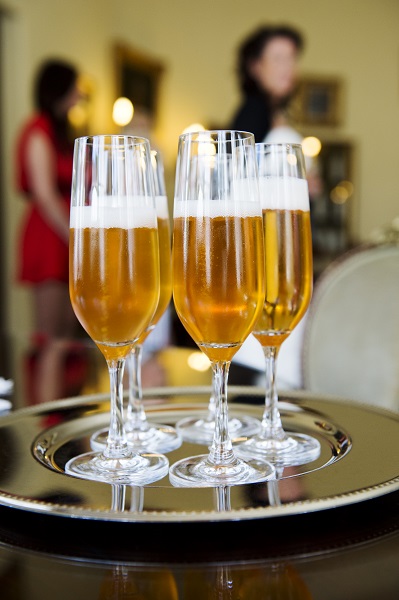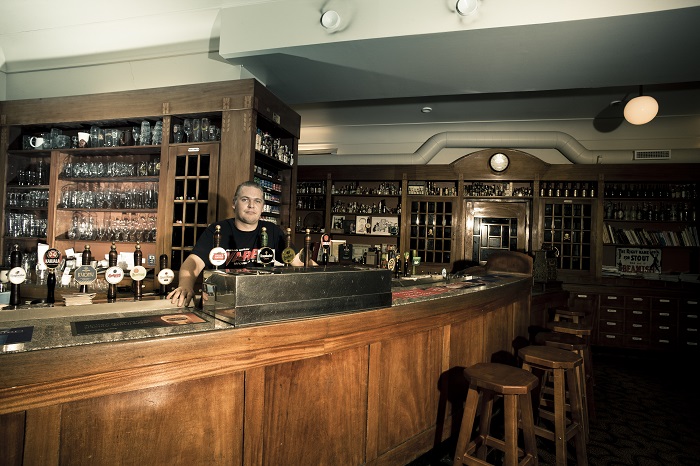Alcohol use among adolescents slides, snus ups
Published : 30 Jun 2017, 00:52
Updated : 30 Jun 2017, 00:55
Smoking cigarettes among the adolescents was reduced but use of snus among 18-year-old boys has increased further, according to the data revealed by the Adolescent Health and Lifestyle Survey 2017.
The decrease in alcohol use and drunkenness that had continued for a long time has levelled off, said the report.
Apart from exceptions, tobacco and alcohol are not part of the everyday life of those under 13 years old.
One out of ten 16 to 18-year-old Finnish girls and boys (10%) smokes cigarettes daily. The figure at the beginning of the millennium was still 31%.
 Experimenting with snus and use of snus have increased since the beginning of the millennium among boys in all age groups, but during the past two years, use of snus has increased further only among 18-year-old boys. When snus is included, among 16 to 18-year-olds, 15% of boys and 10.3% of girls use tobacco products daily.
Experimenting with snus and use of snus have increased since the beginning of the millennium among boys in all age groups, but during the past two years, use of snus has increased further only among 18-year-old boys. When snus is included, among 16 to 18-year-olds, 15% of boys and 10.3% of girls use tobacco products daily.
Almost half of adolescents have seen tobacco products on display in shops, about one out of three in service stations and one out of seven in kiosks. The proportions who have seen tobacco products in shops and service stations had risen clearly compared to 2015 while the proportion for kiosks had fallen.
With the ban on displaying tobacco products at points of sale and the tightened age limit control instructions, minors’ tobacco purchases from kiosks, shops and service stations decreased between 2011 and 2015, but no longer during the past two years.
The mother of more than two out of three adolescents has not smoked during the adolescent’s lifetime, and slightly more than half of the adolescents had a father who has not smoked. However, about one out of 20 fathers uses snus. All in all, adolescents’ exposure to tobacco smoke for over an hour a day is rare.
Minors no longer buy drinks from Alko (the Finnish alcohol monopoly), unlike at the turn from the 1980s to the 1990s. The most likely explanation is the tighter control of sales. Some minors have themselves managed to buy alcohol from the shops. Minors acquire their drinks mainly by having someone else buy the drinks for them. Most commonly, a friend or acquaintance gets the drinks for them from the shop. Procurement of alcohol for others is prohibited by law.


